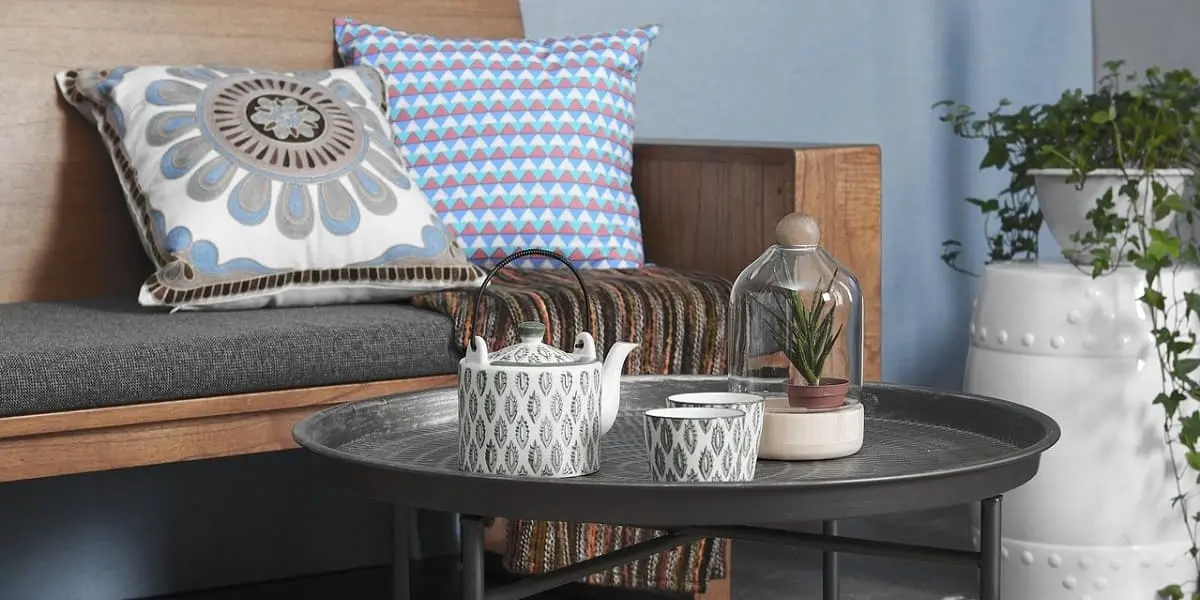Content
The coffee table is an essential piece of furniture in the living room: it harmoniously complements the sofa and armchairs, while being functional and representative of your personal tastes.
With the abundance of choices available, it can be difficult to find the one that will perfectly meet your expectations. You need to think about many aspects, shapes, dimensions, materials, colors and functionalities to unearth the rare pearl.
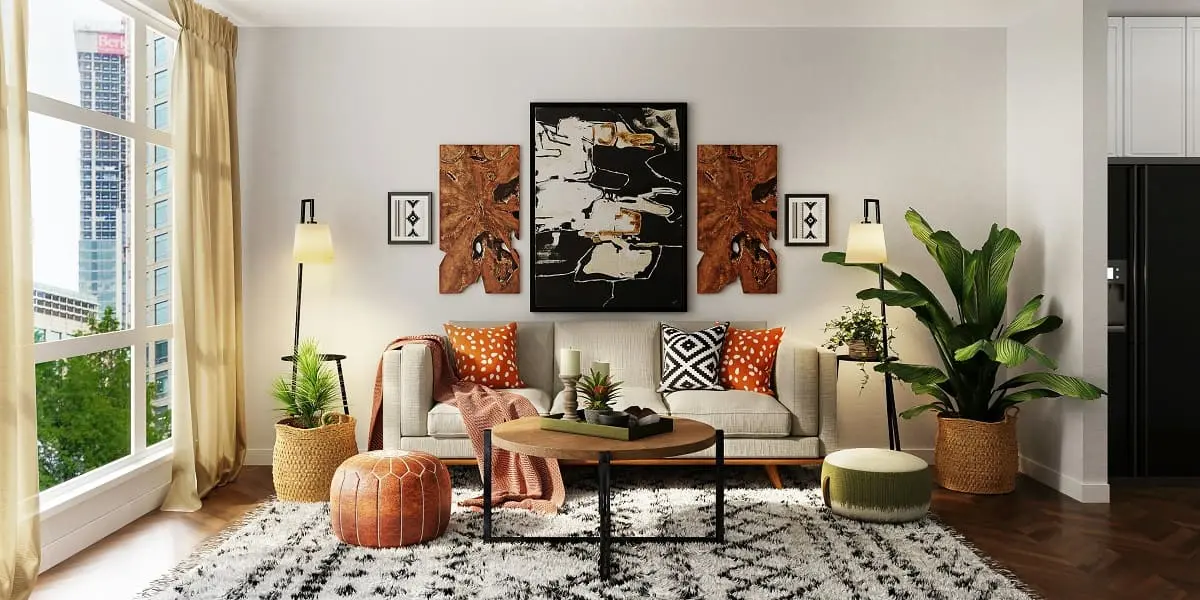
Dimensions and proportions
The ideal size of your coffee table is closely linked to the size of your living room. This is the decisive parameter in choosing this piece of furniture. Follow these tips for perfect harmony.
Harmony with your living space
Choosing a coffee table that’s neither too large nor too small is essential to maintain the visual balance of your living room.
It must be proportionate to the available surface area and harmonize with the other furniture.
A good rule of thumb is to choose a table two-thirds the length of the sofa. This prevents the table from protruding too far from the sofa.
Relationship with sofa and other furniture
To create visual cohesion in your living room and make it easier to use, opt for a table whose height is equal to or slightly less than that of the seat of your sofa.
Standard heights vary between 25 and 40 centimetres. If you have low furniture, consider a higher table to create a contrasting effect.
Circulation in the room
Make sure you leave enough space around the coffee table to facilitate circulation and avoid clutter.
A space of at least 30 centimetres around the table is recommended to allow smooth circulation.
Tables with thin or transparent legs are perfect for small spaces, as they offer a feeling of openness.
Choosing the right materials for your lifestyle
The choice of material for your coffee table is important, not only to complement your decor, but also to suit your daily life.
Some materials will be more appropriate than others, depending on how you use your coffee table and how much maintenance it requires. Find out here about the main materials available on the market, and their strengths and weaknesses.
Wood, warmth and durability
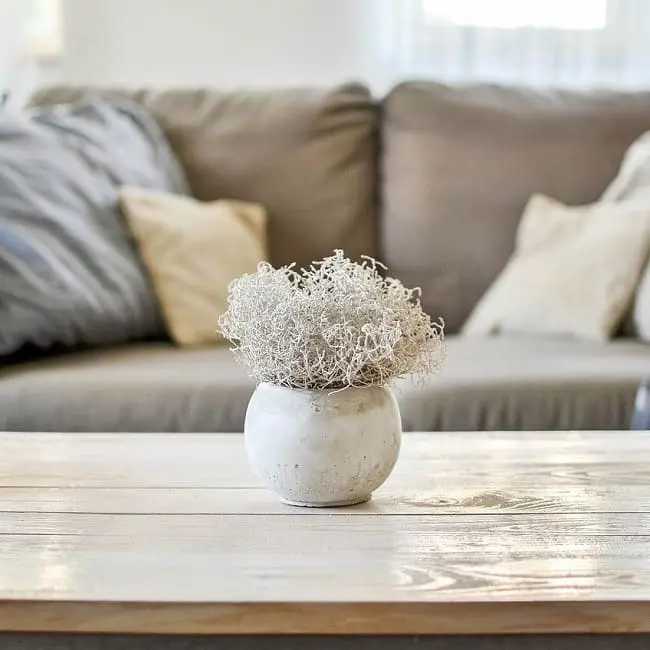
Wood, with its warm, timeless look, complements all types of living room, whether traditional or contemporary.
It adds a natural, uncluttered touch to your space, and is available in a wide range of species, colors and finishes.
Resistant and durable, wood withstands knocks and scratches. On the other hand, it is sensitive to humidity and stains, and may require regular maintenance.
Glass and metal, modernity and elegance

Glass and metal bring a feeling of lightness and a contemporary touch to your living room. Transparent glass captures and reflects light, contributing to the effect of space. Metal, shiny and robust, lends itself to a wide variety of shapes and shades.
These materials are easy to maintain and resistant to stains and humidity. However, glass remains subject to the risk of breakage, and metal can become scratched or lose its lustre over time.
Alternative materials: plastic, Plexiglas, ceramic

Alternatives such as plastic, Plexiglas and ceramic offer a wide range of shapes, colors and textures for a unique coffee table.
Plastic and Plexiglas are affordable and lightweight, allowing for designs that are both sober and bold. Ceramic, elegant and sophisticated, adds a special touch to your living room.
Although generally easy to maintain, these materials can be less robust than wood, glass or metal, and are likely to warp or discolor over time.
Care and longevity
Your coffee table will be subjected to a variety of stresses, including dust, liquids, food and sharp objects. Whatever material you choose for your coffee table, don’t forget to consider maintenance and longevity.
So choose a material that suits your lifestyle and doesn’t require excessive maintenance. Also consider the durability of your coffee table and its impact on the environment. Some materials are more environmentally friendly and can be recycled or reused.
Shapes and functions: Find the perfect model
Transform your living room by choosing the ideal coffee table from a variety of shapes and styles to complement your space and reflect your tastes. Here’s an overview of the main shapes and what they can bring to your interior.
Rectangular coffee table
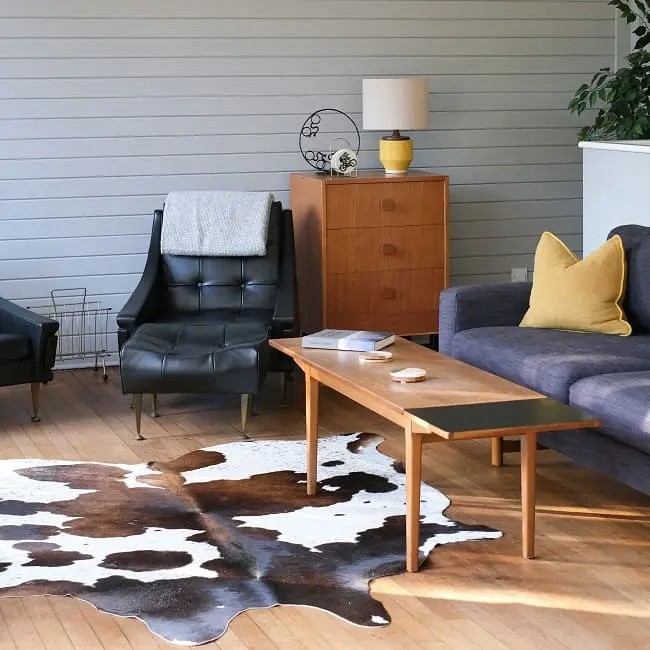
The rectangular coffee table is a classic, perfect for long living rooms and straight sofas. It offers both a large surface area and an elegant appearance.
Square coffee table
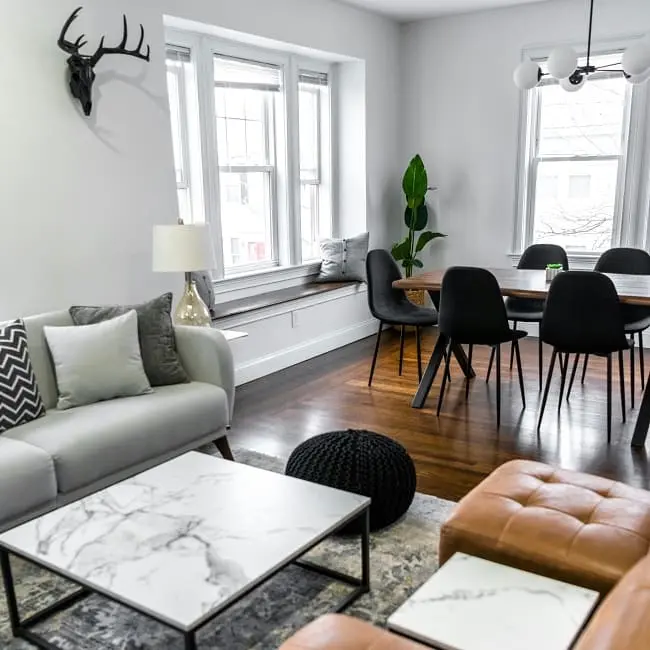
The square version, ideal for living rooms of similar shape or fitted with corner sofas, brings symmetry and cohesion, and easily serves as a place for activities such as games or meals.
Round coffee table
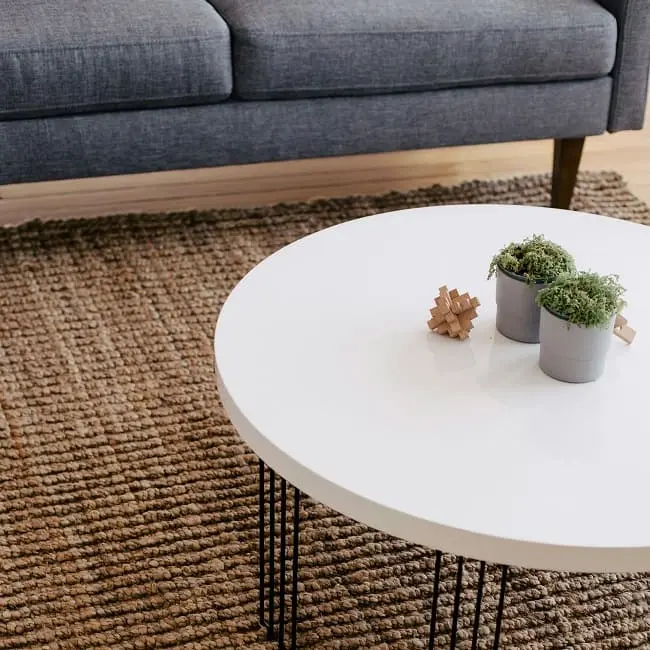
The original round table gives an impression of softness and promotes conviviality, particularly suited to small spaces thanks to the absence of sharp angles. It can be combined with other round tables to create a modular ensemble.
Oval coffee table

As for the oval, it offers both the generous space of the rectangular table and the fluidity of the round, blending well with large living rooms and rounded sofas, and can be arranged to give depth to the space.
Modular or nesting tables

The traditional coffee table, simple and practical, consists of a single piece of fixed height. Modular or nesting tables, on the other hand, are made up of several elements that can be combined or separated, offering unrivalled flexibility.
You can rearrange the space to suit your needs, whether for eating, working or as a bedside table. These tables are also more dynamic from an aesthetic point of view, creating movement and offering customization possibilities thanks to their different shapes, colors and materials.
Coffee tables with storage: aesthetics and practicality
Storage units integrated into coffee tables considerably enhance their usefulness and visual appeal. Whether drawers, shelves or niches, these storage spaces are designed to help you organize and conceal various objects, while freeing up the table surface.
Beyond their functional aspect, storage units can also embellish the coffee table by adding texture and character, or serve as a showcase for decorative elements reflecting your personal style.
Multifunctional coffee tables
Today, some coffee tables offer advanced functionalities to meet specific needs.
Lift-up tables, for example, can be adjusted in height and easily transformed into a desk or dining table, optimizing available space.
Models with integrated footstools offer additional seating space while retaining their elegance.
For a modern living room, opt for a coffee table with multimedia functions, such as integrated speakers or USB ports, to combine entertainment and connectivity.
